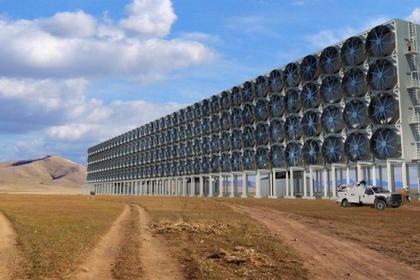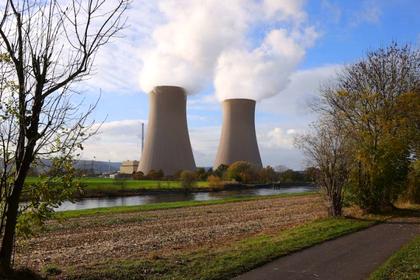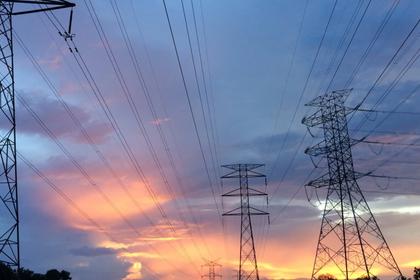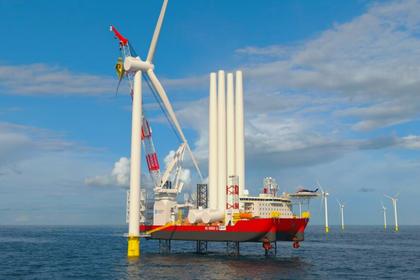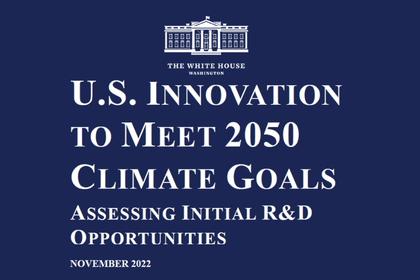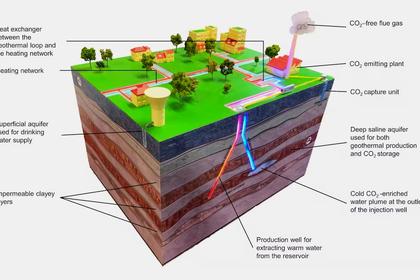
U.S. TRANSPORTATION DECARBONIZATION
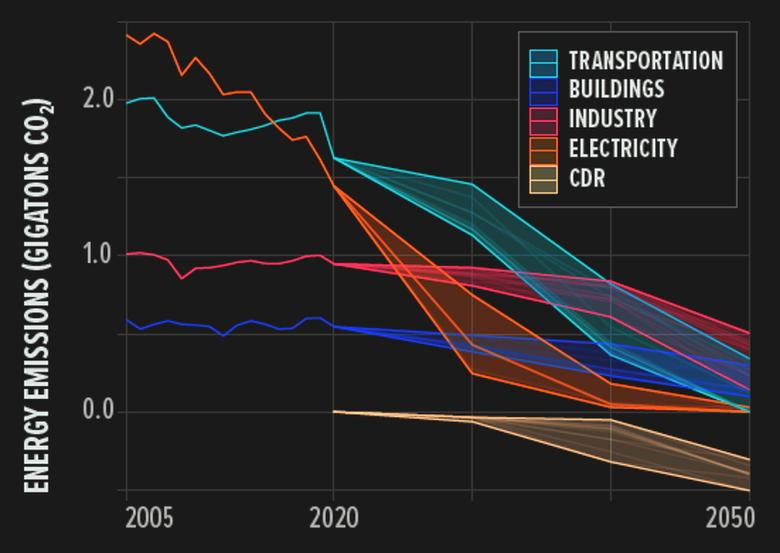
U.S. DOE - JANUARY 10, 2023 - WASHINGTON, D.C. — The Biden-Harris Administration today released the U.S. National Blueprint for Transportation Decarbonization. Developed by the Departments of Energy, Transportation, Housing and Urban Development, and the Environmental Protection Agency, the Blueprint is a landmark strategy for cutting all greenhouse emissions from the transportation sector by 2050. It exemplifies the Biden-Harris Administration’s whole-of-government approach to addressing the climate crisis and meeting President Biden’s goals of securing a 100% clean electrical grid by 2035 and reaching net-zero carbon emissions by 2050. The Blueprint builds on President Biden’s Bipartisan Infrastructure Law and Inflation Reduction Act, which together represent historic investments in the future of our nation that will transform how we move and live while we build the backbone of a safer and more sustainable transportation system.
Jointly announced by U.S. Secretary of Energy Jennifer M. Granholm, U.S. Secretary of Transportation Pete Buttigieg, U.S. Secretary of Housing and Urban Development Marcia Fudge, and Environmental Protection Agency Administrator Michael S. Regan, the Blueprint is the first milestone deliverable of the historic memorandum of understanding (MOU) signed by the agencies in September of last year. The Blueprint will be followed by more detailed decarbonization action plans, to be developed and implemented by these agencies in cooperation with governments at the State, local, and Tribal level, philanthropic organizations, the private sector, and global partners.
“The domestic transportation sector presents an enormous opportunity to drastically reduce emissions that accelerate climate change and reduce harmful pollution,” said U.S. Secretary of Energy Jennifer M. Granholm. “DOE is prepared to implement this Blueprint alongside our partners within the Biden-Harris Administration to ensure all Americans feel the benefits of the clean transportation transition: good-paying manufacturing jobs, better air quality, and lower transportation costs.”
“Transportation policy is inseparable from housing and energy policy, and transportation accounts for a major share of US greenhouse gas emissions, so we must work together in an integrated way to confront the climate crisis,” said U.S. Secretary of Transportation Pete Buttigieg. “Every decision about transportation is also an opportunity to build a cleaner, healthier, more prosperous future. When our air is cleaner; when more people can get good-paying jobs; when everyone stays connected to the resources they need and the people they love, we are all better off.”
“Under the leadership of President Biden, EPA is working with our federal partners to aggressively reduce pollution that is harming people and our planet – while saving families money at the same time,” said U.S. Environmental Protection Agency Administrator Michael S. Regan. “At EPA, our priority is to protect public health, especially in overburdened communities, while advancing the President’s ambitious climate agenda. This Blueprint is a step forward in delivering on those goals and accelerating the transition to a clean transportation future.”
“The people HUD serves deserve clean, affordable transportation options,” said U.S. Housing and Urban Development Secretary Marcia Fudge. “HUD is proud to join our federal partners at Energy, DOT, and EPA to ensure that clean transportation investments are made equitably and include communities and households that have been most harmed by environmental injustice. We look forward to working together to better align transportation, housing, and community development investments in these and other communities across the country.”
The transportation sector—which includes all modes of travel through land, air, and sea to move people and goods—accounts for a third of all domestic greenhouse gas emissions, negatively affecting the health and well-being of millions of Americans, particularly those in disadvantaged communities. Transportation costs are the second largest annual household expense in our country and for the poorest Americans, the financial burden of transportation is disproportionately and unsustainably high.
A well-planned transition to a decarbonized transportation system can address these and other inequities and provide equitable, affordable, and accessible options for moving people and goods. Further developing and deploying clean-energy technologies such as electric vehicles and hydrogen and sustainable fuels, while also building out the supporting infrastructure for clean transportation, will create good-paying jobs in all segments of the transportation sector while strengthening America’s energy independence.
The Blueprint is a critical step in the ongoing partnership between DOE, DOT, EPA, HUD, and stakeholders and will be followed by more detailed sector-specific action plans to create a comprehensive suite of strategies to realize an improved and sustainable transportation future. Learn more about the MOU and Blueprint.
-----
Earlier:
